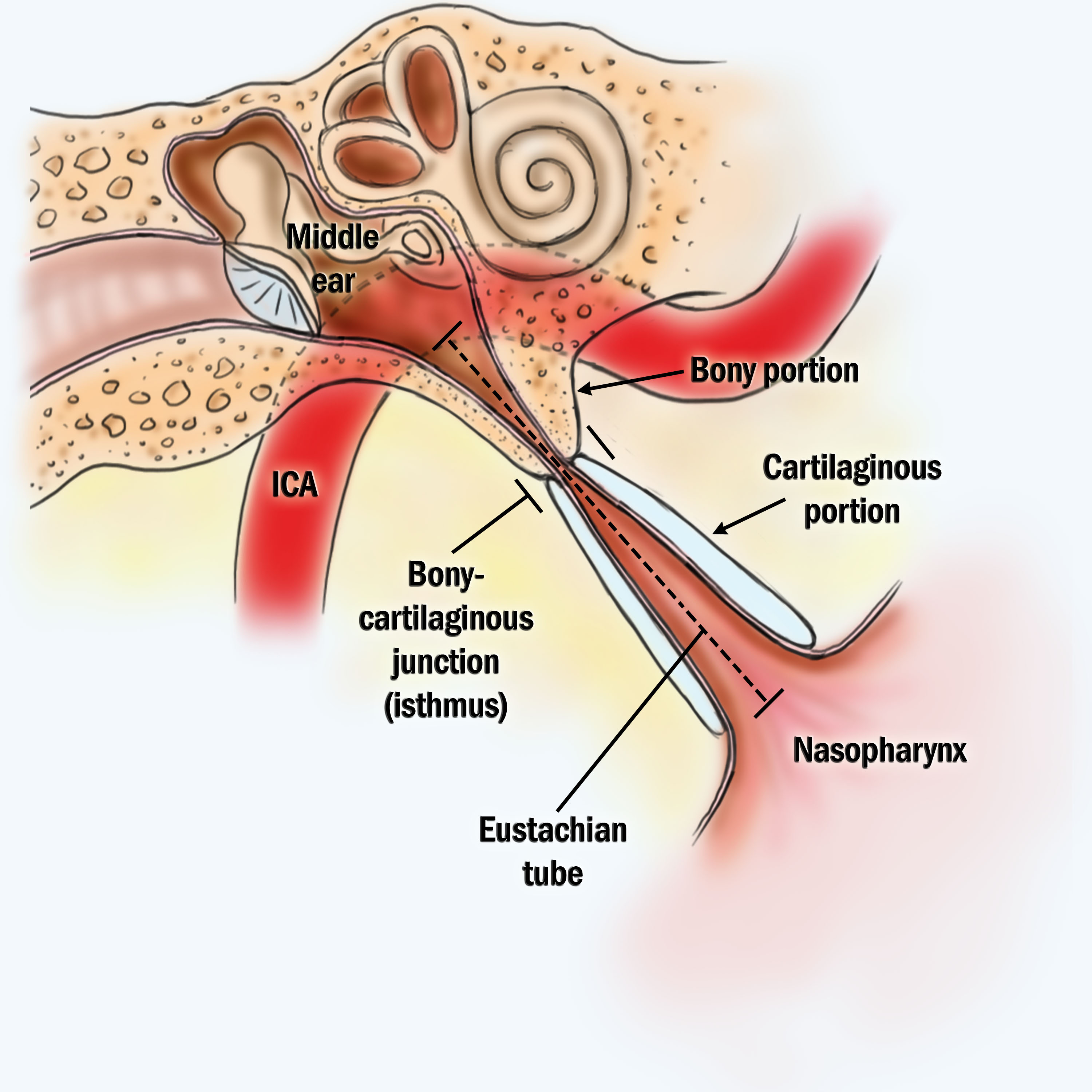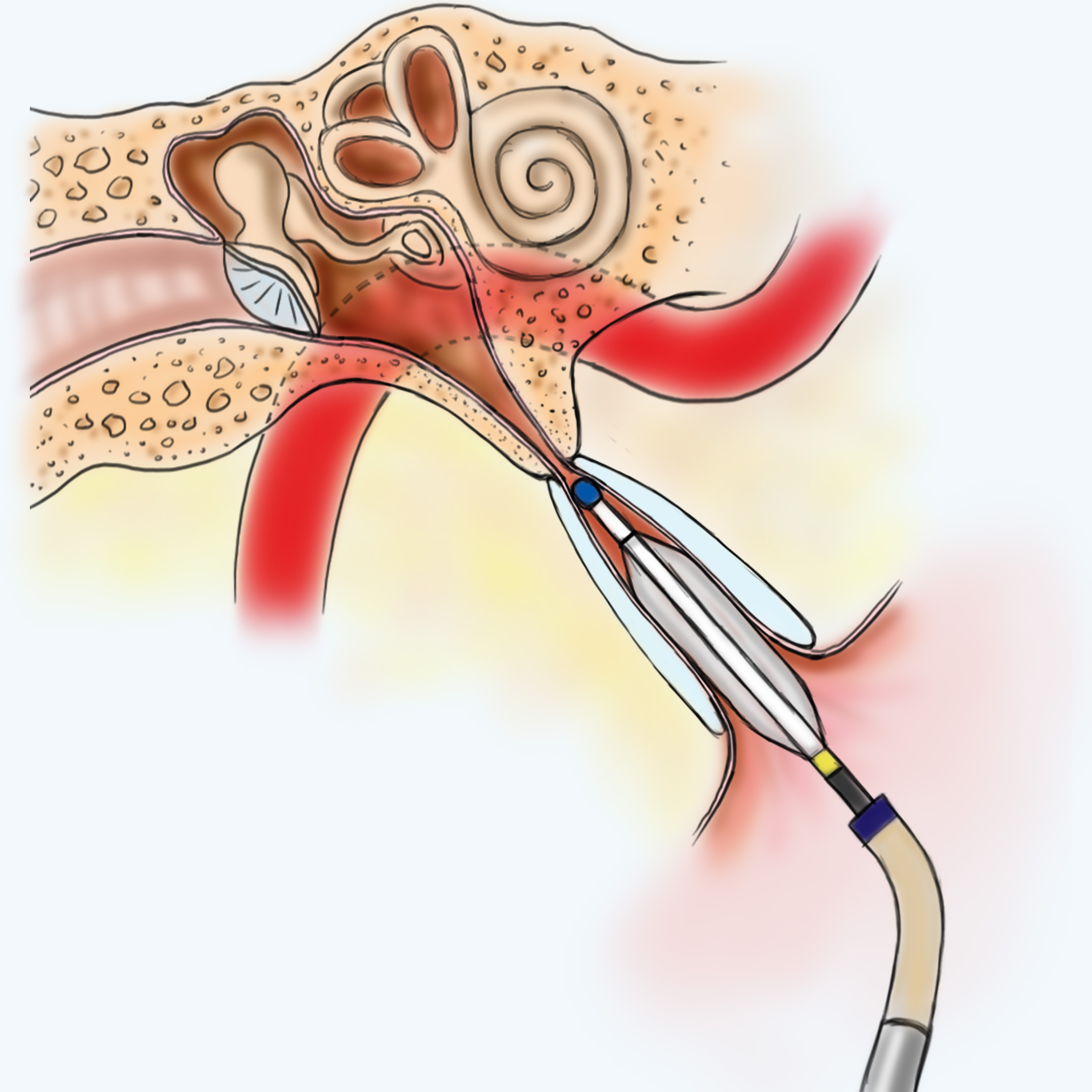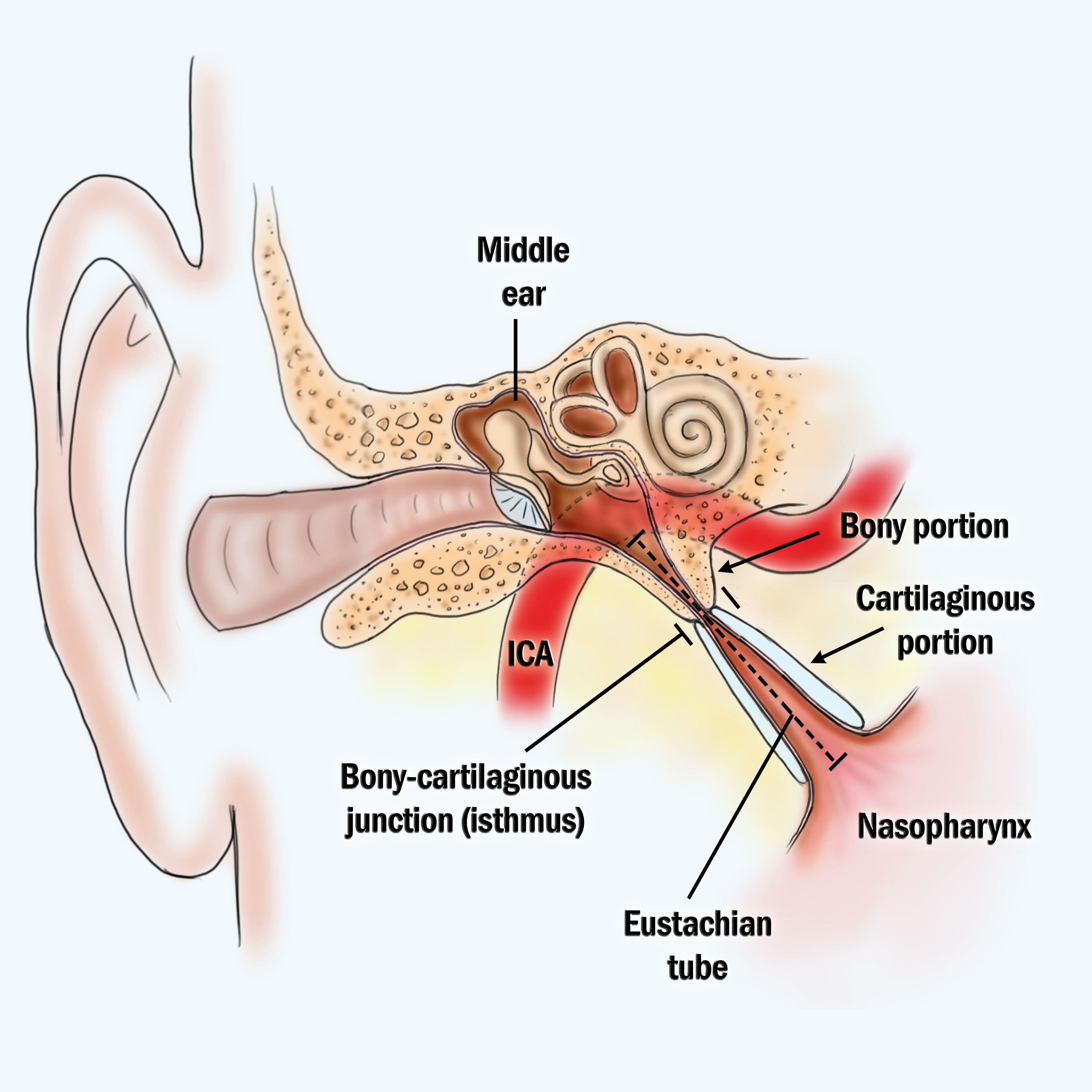Eustachian Tube Balloon Dilation
North Atlanta Ear, Nose, Throat and Allergy are one of the first ear, nose and throat groups in the Atlanta area to perform Eustachian Tube Balloon Dilation, with the newly approved Aera system by Acclarent. In medical studies, the Eustachian Tube Balloon Dilation procedure has shown to drastically reduce the need for ear tubes and other ear surgeries.
The Eustachian tube (ET) is a narrow tube that connects the middle ear to the back of the nose. This tube is responsible for the “pop” you feel when you descend on an airplane or during a scuba dive. It is also felt when yawning, swallowing, or blowing after pinching your nose.



What Is Eustachian Tube Dysfunction, and What Are The Symptoms?
Ear problems are the most common medical complaint of airplane travelers, and while they are usually simple, minor annoyances, they may result in temporary pain and hearing loss. Make air travel comfortable by learning how to equalize the pressure in the ears instead of suffering from an uncomfortable feeling of fullness or pressure.
The Eustachian tube helps to drains the ear and helps to relieve internal ear pressure. If the eustachian tube is not able to properly open, it can lead to Eustachian Tube Dysfunction (ETD).
When the eustachian tube is blocked from a cold, sinus, nose or ear infection, air can no longer pass through. Stuffy ears and noses, hearing loss, ear pain, and pressure, as well as ringing in the ears (tinnitus) can result.
Blocked eustachian tubes can be relieved by nasal sprays and antihistamine tablets, which reduce inflammation and congestion. Recurrent Eustachian tube dysfunction requires the surgical placement of tubes in the eardrum, which allows pressure to equalize in the middle ear.
Frequently Asked Questions About Eustachian Tube Balloon Dilation
Does Eustachian Tube Balloon Dilation Work?
Eustachian tube balloon dilation is has been proven effective in several peer-reviewed studies.
- 99.7% Dilation access rate.
- An improvement from 13.9% (control) to 51.8% normalization of the tympanogram (a measure of middle ear pressure).
- A greater improvement in the quality of life – based on ETD questionnaires.
Are there Any Risks of Eustachian Tube Balloon Dilation?
Eustachian tube balloon dilation is safe and FDA approved (under general anesthesia); however, potential risks can include tissue and mucosal trauma, infection, or carotid artery injury (exceedingly rare).








 Make an Appointment
Make an Appointment